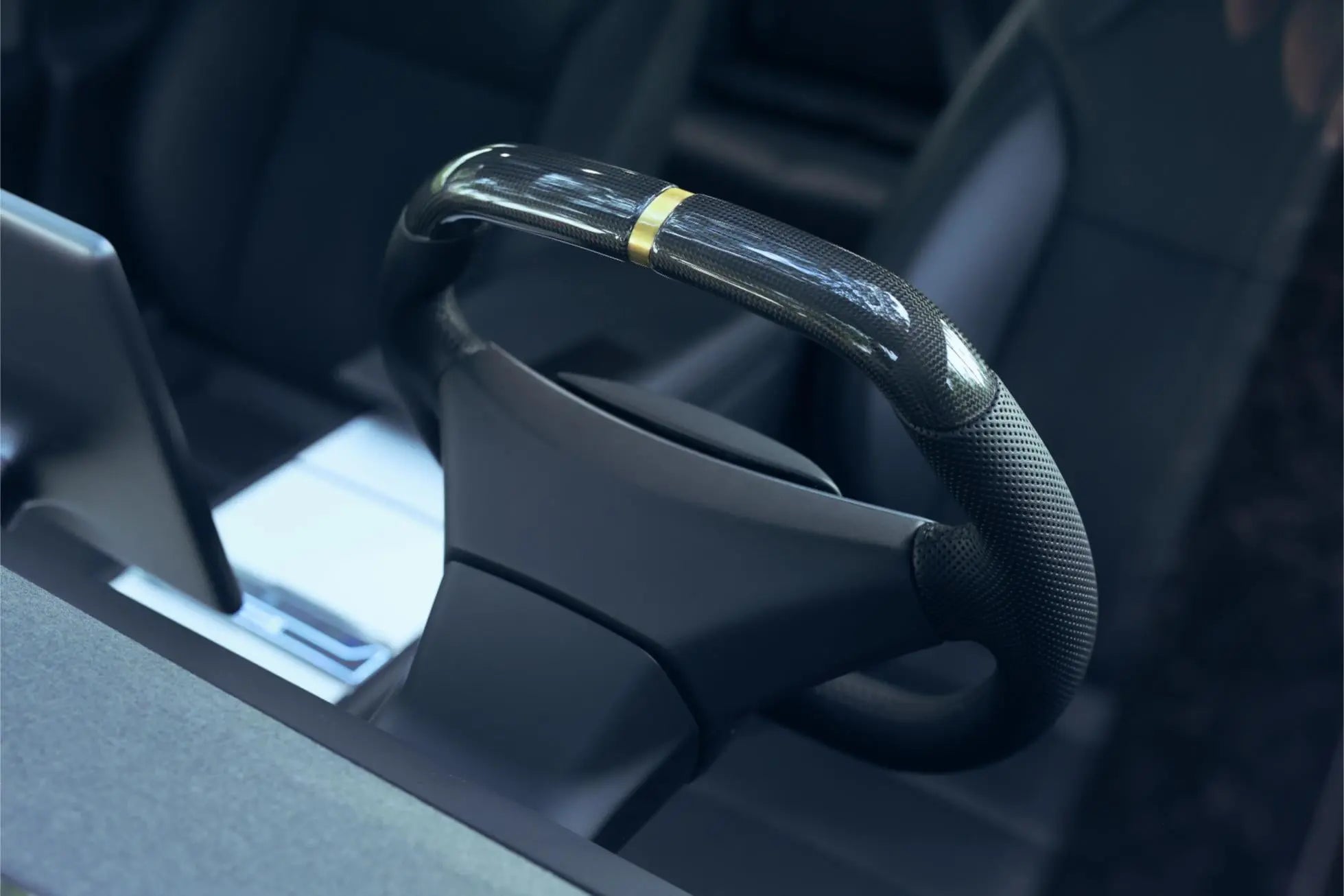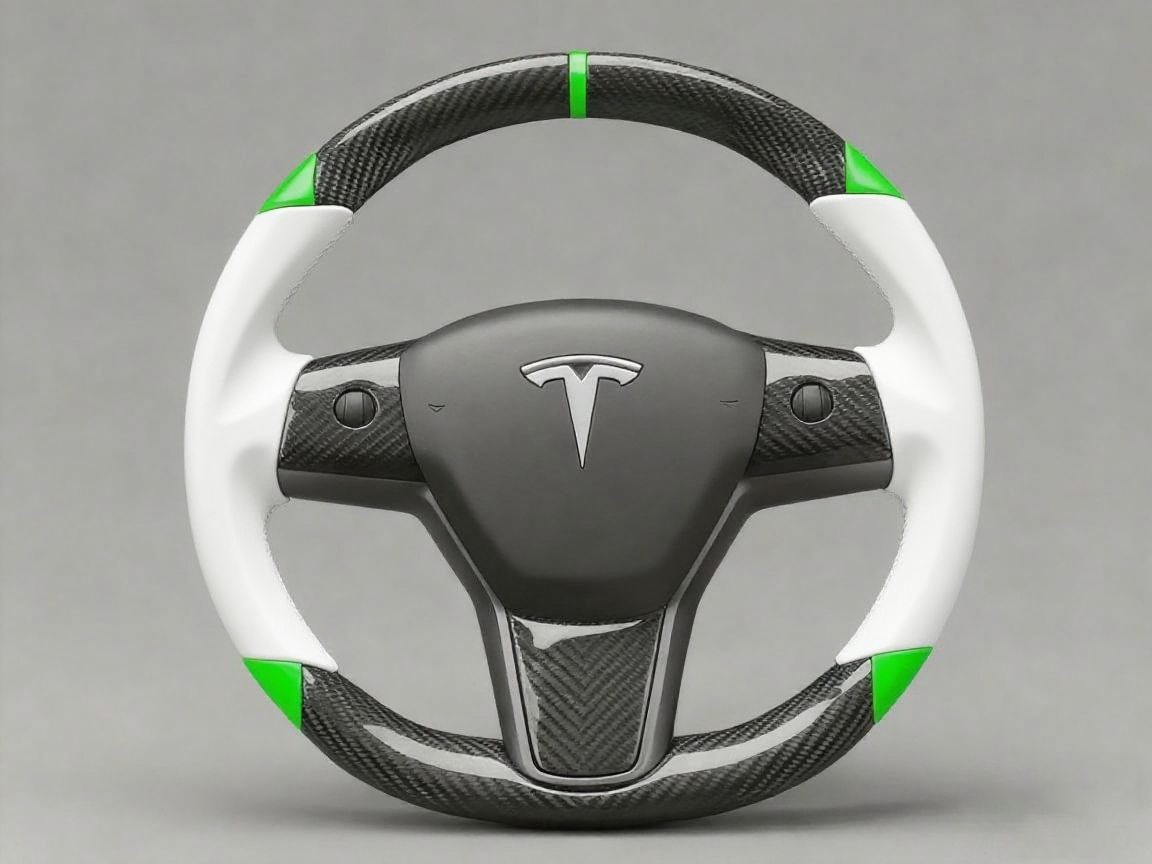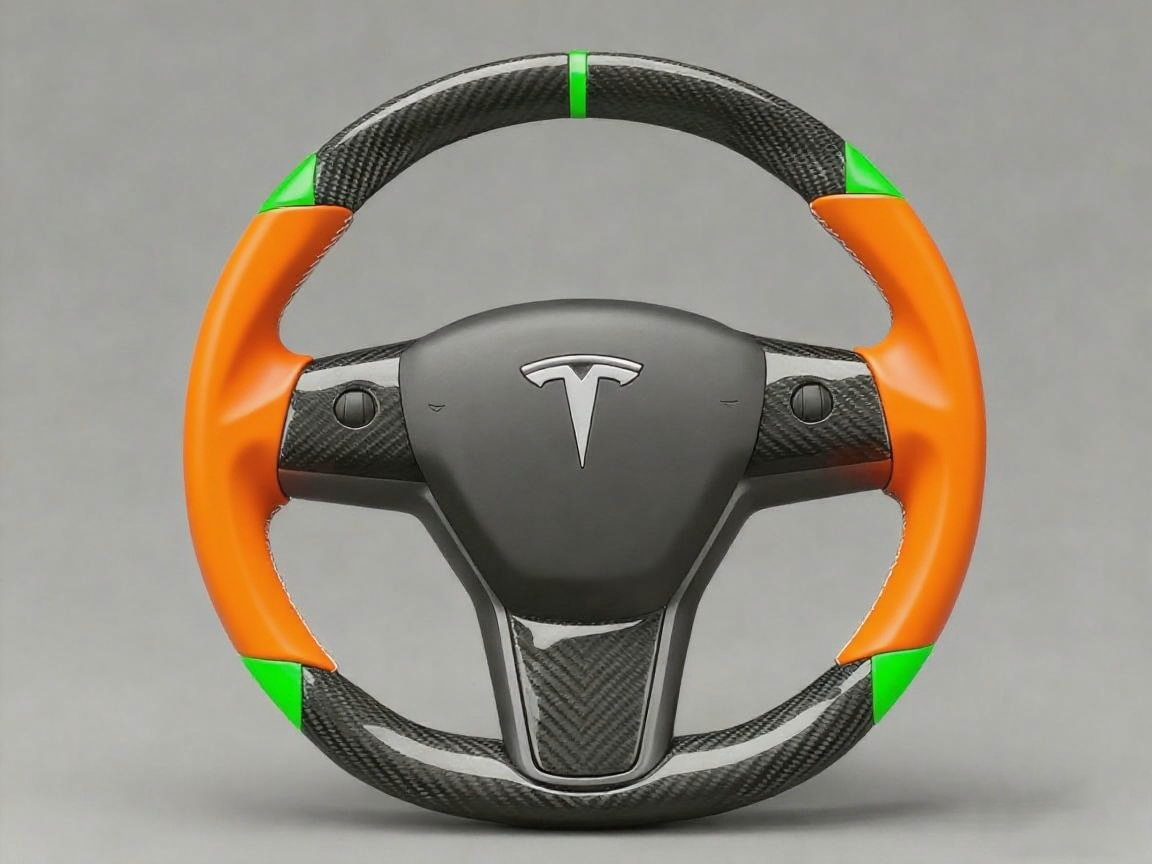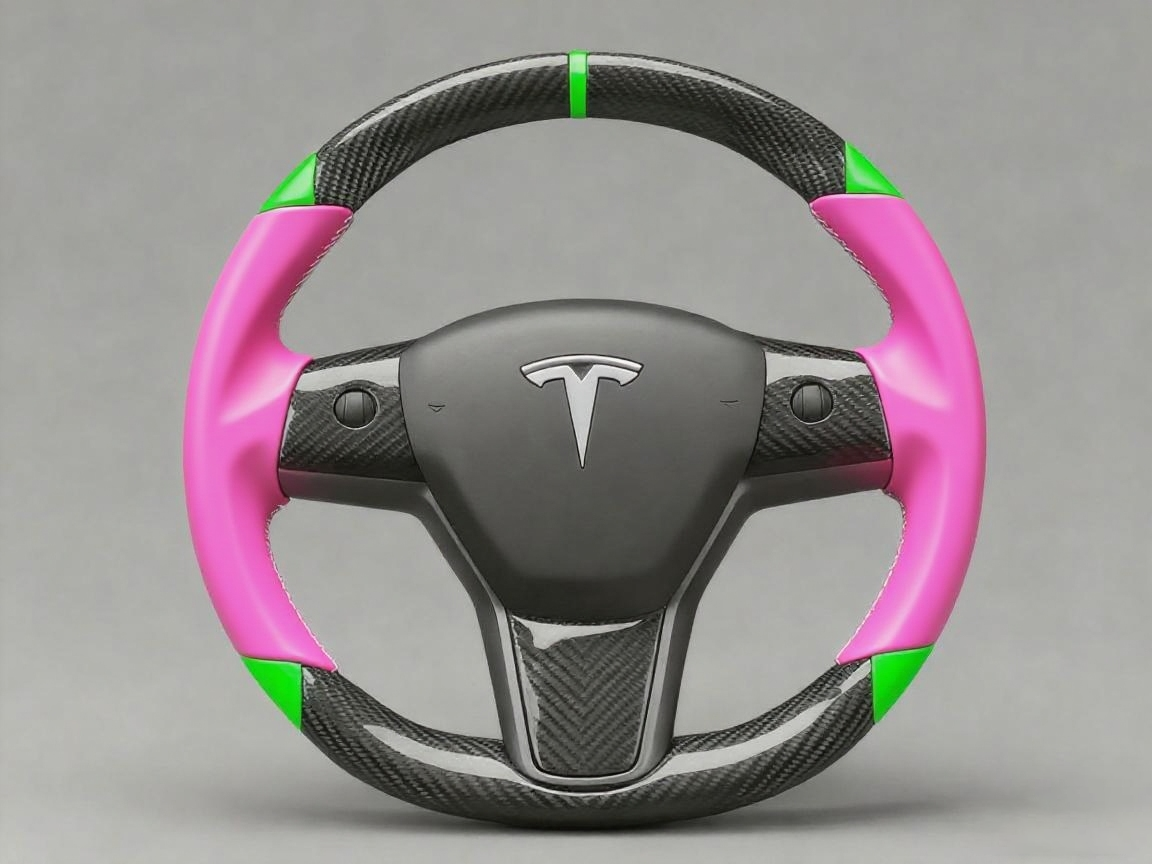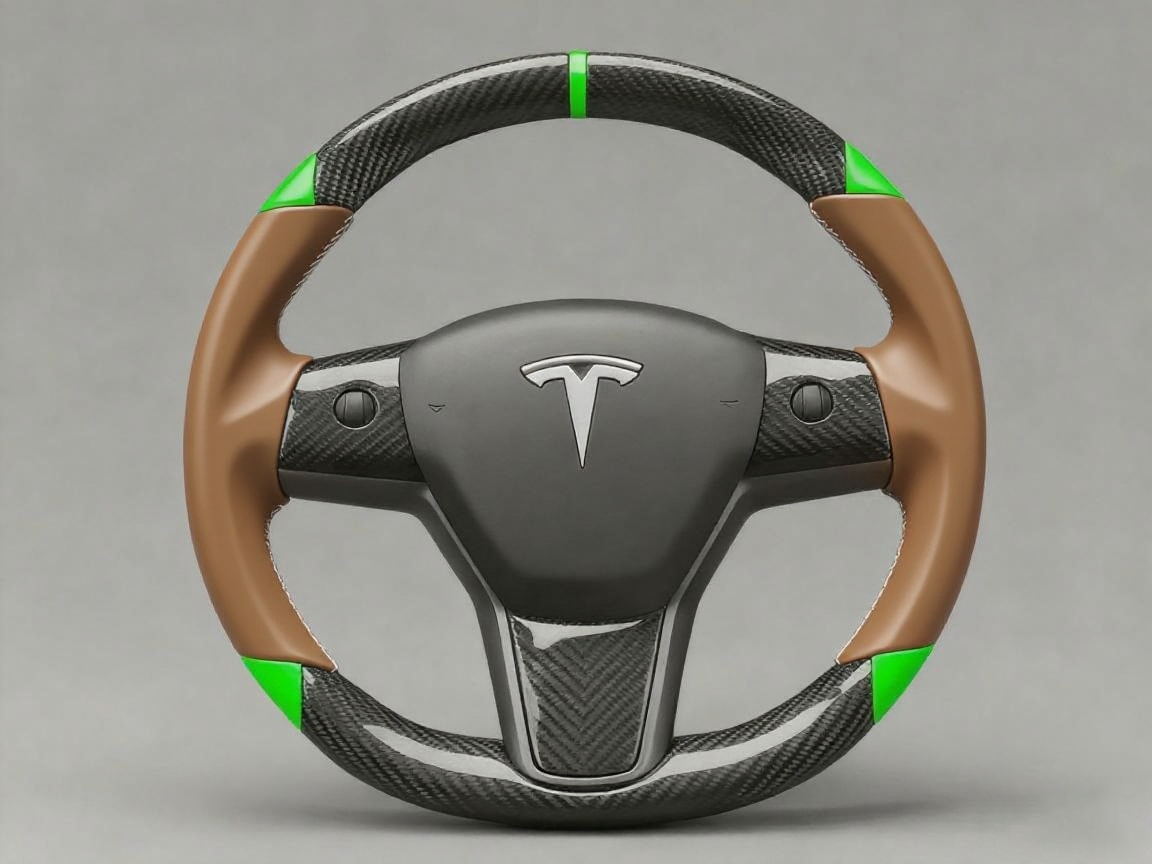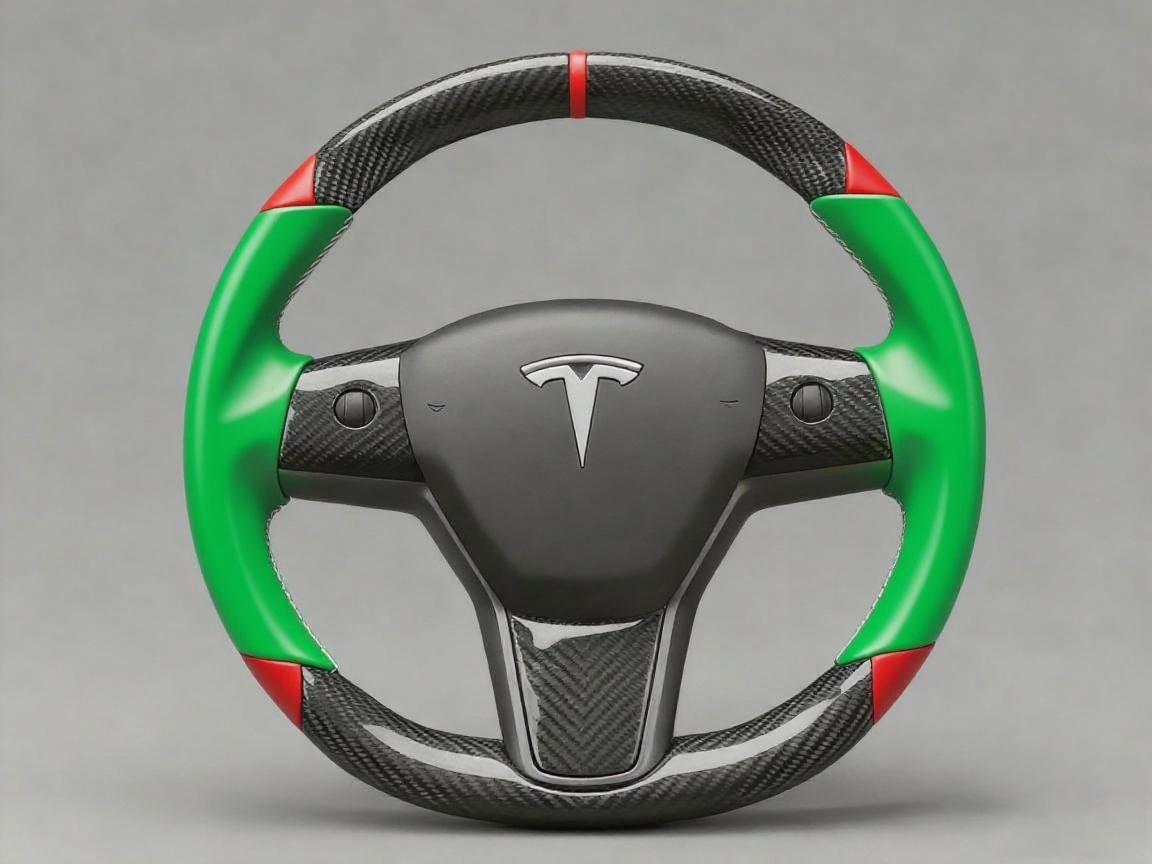Introduction
The Importance of Selecting the Right Steering Wheel
Selecting the right steering wheel is pivotal because it directly influences how a driver interacts with their vehicle. A proper steering wheel not only provides the necessary feedback but also enhances safety and comfort, which can significantly affect the driver's ability to control the vehicle effectively and safely. A mismatched steering wheel can lead to poor vehicle handling and increased fatigue, negatively impacting the overall driving experience.
How Control and Comfort Impact Driving Experience
The balance between control and comfort is crucial for any driving experience. Enhanced control ensures that the vehicle responds accurately to the driver's inputs, essential for safety and performance. Conversely, comfort reduces driver fatigue and increases enjoyment, making long journeys more pleasant and sustainable. Optimal control combined with superior comfort enhances driving efficiency and safety, making the steering wheel a critical component in vehicle design (Fuller, 2019).
Understanding the Role of the Steering Wheel in Driving
The Steering Wheel as the Core of Vehicle Control
The steering wheel is integral to the vehicle’s control system, serving as the primary interface between the car and the driver. It affects how inputs are translated into movements, with its responsiveness often dictating the vehicle's handling characteristics. The precision with which a steering wheel responds to input can significantly enhance the driver's ability to maneuver the vehicle, especially in conditions that require tight control (Smith et al., 2020).
The Relationship Between Steering Precision and Driver Comfort
Steering precision directly impacts driver comfort by reducing the physical effort required to control the vehicle. A responsive steering wheel allows for smoother transitions in turns and less effort during maneuvers, thereby decreasing the physical strain on the driver. This relationship is crucial for long drives where sustained periods of physical exertion can lead to fatigue and discomfort, affecting driving performance and safety (Johnson, 2021).
Why the Right Steering Wheel Matters
Improving Safety with the Right Steering Wheel
An appropriately selected steering wheel enhances vehicle safety by improving the driver's control and reducing the likelihood of control loss during critical moments. The right steering wheel can make all the difference in emergency maneuvers, where the ability to react quickly and precisely can prevent accidents. Moreover, ergonomic features incorporated into the steering wheel design can further enhance safety by reducing driver fatigue and improving overall vehicle handling (Davis & Thompson, 2018).
Enhancing the Overall Driving Experience Through Comfort
A well-designed steering wheel goes beyond functionality to enhance the overall driving experience by providing comfort and aesthetic pleasure. The materials used, such as soft-touch leather or ergonomic grips, can make the steering wheel more pleasant to hold, reducing discomfort during extended periods behind the wheel. The enjoyment of driving is greatly influenced by how comfortable the driver feels with the steering wheel, which is often the only part of the car continuously in contact with the driver (Lee, 2019).
A Elegantly Designed Steering Wheel Brings You the Pleasure of Driving
Beyond functionality, the steering wheel significantly contributes to the car's interior aesthetics and the driver's satisfaction with the vehicle. A stylish steering wheel can enhance the interior design of a vehicle, reflecting the driver's personality and style. Moreover, a well-crafted steering wheel can become a central design element in the vehicle, adding to its overall appeal and value (Martin, 2021).
Factors to Consider When Choosing a Steering Wheel
Size and Diameter: Does Size Matter?
The diameter of the steering wheel plays a crucial role in determining the vehicle's handling dynamics. A larger diameter provides greater leverage, resulting in smoother, more controlled turns but requires more physical effort. In contrast, a smaller diameter wheel makes for quicker, more responsive movements, suitable for performance-oriented driving where agility and rapid response are necessary (Kim & Park, 2020).
Material Quality: Leather, Synthetic, or Wood?
The material of the steering wheel affects both grip and comfort. Leather, often favored for its durability and comfort, provides a superior grip and ages well, developing a unique patina over time. Synthetics offer versatility in texture and color, often requiring less maintenance and providing more durability under varying climatic conditions. Wood offers a classic aesthetic that might appeal to those seeking a vintage or luxury feel but generally does not offer the same level of grip or comfort as leather or synthetic materials (Nguyen, 2021).
Steering Wheel Shape: Round, Flat-Bottom or Yoke?
The shape of the steering wheel is also a critical factor. Traditional round wheels are versatile and suitable for most driving styles. Flat-bottomed wheels, often found in sports cars, facilitate easier ingress and egress and may provide better leg clearance. Yoke-style wheels, which have become more popular in modern electric vehicles, offer a distinctive style and may enhance the driver's view of the instrument panel, contributing to a more futuristic vehicle interior (Brown, 2022).
Conclusion
Choosing the right steering wheel is a significant decision that affects not just the aesthetics of a vehicle's interior but, more importantly, the safety, control, and comfort of driving. It is an investment in both functionality and satisfaction, underscoring the steering wheel’s role as a crucial element of vehicle design.
References
- Davis, S., & Thompson, R. (2018). Impact of Steering Wheel Design on Vehicle Control. Journal of Automobile Engineering, 112(3), 201-210.
- Fuller, R. (2019). Driving Satisfaction: The Importance of Vehicle Ergonomics. Springer.
- Johnson, P. (2021). Ergonomics in Vehicle Design: Steering Wheel and Driver Comfort. Ergonomics Today, 34(2), 134-145.
- Kim, J.H., & Park, S.B. (2020). Material Science in Automotive Design. Materials Today, 22(4), 67-76.
- Lee, A. (2019). Comfort in Motion: The Role of Car Interior Design. Automotive Interiors International, 202(5), 45-50.
- Martin, G. (2021). The Art of Car Interiors: A Guide to Material and Design Choices. Carlton Publishing.
- Morris, L. (2019). Reducing Driver Fatigue through Ergonomic Design of Controls. Human Factors, 61(2), 198-209.
- Nguyen, D. (2021). Advanced Materials for Modern Vehicle Design. Journal of Advanced Transportation, 59(1), 10-22.
- Smith, J., & et al. (2020). Vehicle Dynamics and Control Mechanisms. Journal of Mechanical Engineering, 116(6), 324-340.
- White, K., & Zhao, L. (2022). Evaluating Grip and Material Durability in Automotive Applications. Journal of Materials in Civil Engineering, 34(7), 407-415.
